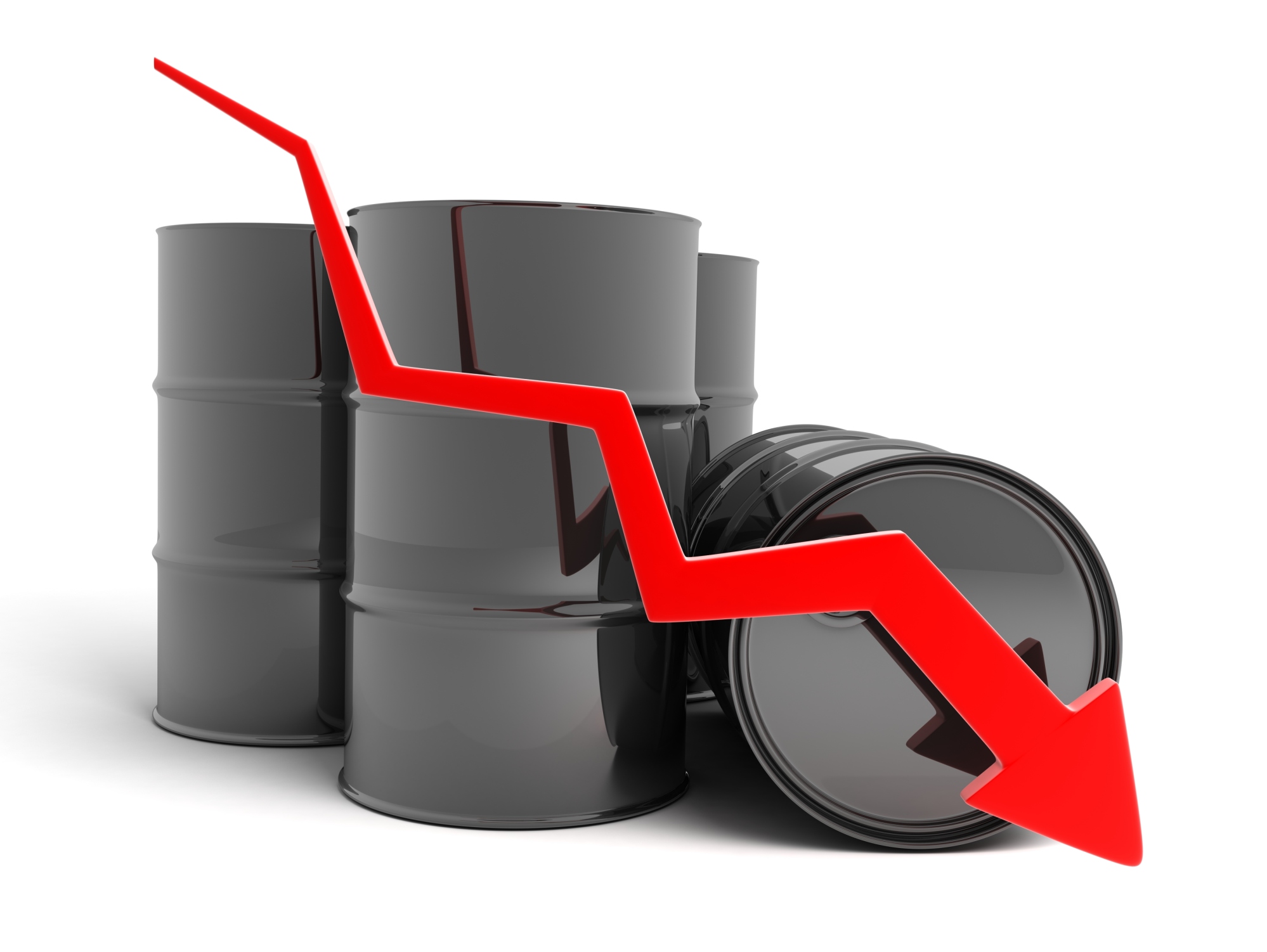Crude oil hit a milestone on Monday by selling briefly under the $50 per barrel mark. That means that oil in the $40s has arrived. Whether this remains in place is up to the oil market gods, but it has serious implications for consumers and companies alike. The intraday price was shown at a low of $49.95 for an on-the-run barrel of West Texas Intermediate (WTI) on Monday. What this means is far more important, particularly considering that oil has not traded under $50 since April of 2009.
Headlines hit on Monday that Saudi Arabia had lowered the price it was charging for light-sweet oil in the United States. It appears that Saudi Aramco lowered its light oil prices for February delivery by 60 cents per barrel. At the same time, Saudi Aramco raised light oil prices in Asia by the same 60 cents.
UBS has previously said that the boost to gross domestic product is now only 0.1% per $10 drop in the United States. That figure used to be a gain of 0.2% to 0.3% prior to the shale boom.
Deutsche Bank also had a figure that used to be used — that is that every $0.01 change in the price of gasoline at the pump is worth roughly $1 billion to the economy. So, imagine the cost per gallon north of $4 suddenly heading to (or even under) $2 per gallon.
ALSO READ: Exxon or Chevron: Which Performs Better in 2015?
The obvious winners here are consumers. Airlines, truckers, freighters, restaurants, retailers and consumer products should all benefit from the lower oil prices. If the drop remains in place, it could mean another $200 billion or so sloshing around in the economy each year for things other than paying for gasoline.
While the public might not feel bad for big oil companies, there is a backlash here that simply cannot be ignored. Lower oil makes alternative energy and renewable energy projects just that much less competitive. Also, the wealth that is created by oil and the pay in the jobs that support oil are far higher than the wealth and pay around other industries. Who makes more per job: cashiers, waiters and retail jobs or people who work for oil companies and the industries serving them?
Many states have tried to minimize the effect of lower oil prices hurting their main industries. Obviously, states like North Dakota and Texas have a lot to lose. Still, the ratings agencies have shown that many of the states, even the oil-dependent ones, are now more diversified away from their dependence on oil and gas. So, how does oil in the low-$50s or high-$40s impact all of those speculative building projects you see all over the likes of Houston and other cities that have ridden the energy boom?
And what about those top five oil producers in North Dakota’s Bakken shale oil region?
One ratings agency has predicted that lower oil prices will start to starve out production in 2015. If that occurs, then lower supply means that oil will rise again — perhaps back to $85 by the end of 2015!
The top 10 oil companies in the world definitely have their eyes on lower and lower oil prices. They were not making price assumptions on $140 oil back in 2008, but some may have to start considering what $50 (or lower) oil could do to their profitability in projects.
ALSO READ: As Crude Oil Posts New Low, What Happens to Natural Gas?
Here is some addition food for thought: what oil companies should have learned from mining companies.
Oil is far from the only commodity out there, but it is used by every single consumer, whether they own a car or not. What gets products to market and is used in various aspects of manufacturing? That would be transportation services and crude oil. The United States has so far been able to avoid deflation, but what happens to the Producer Price Index and Consumer Price Index when oil falls this far this fast?
100 Million Americans Are Missing This Crucial Retirement Tool
The thought of burdening your family with a financial disaster is most Americans’ nightmare. However, recent studies show that over 100 million Americans still don’t have proper life insurance in the event they pass away.
Life insurance can bring peace of mind – ensuring your loved ones are safeguarded against unforeseen expenses and debts. With premiums often lower than expected and a variety of plans tailored to different life stages and health conditions, securing a policy is more accessible than ever.
A quick, no-obligation quote can provide valuable insight into what’s available and what might best suit your family’s needs. Life insurance is a simple step you can take today to help secure peace of mind for your loved ones tomorrow.
Click here to learn how to get a quote in just a few minutes.
Thank you for reading! Have some feedback for us?
Contact the 24/7 Wall St. editorial team.




